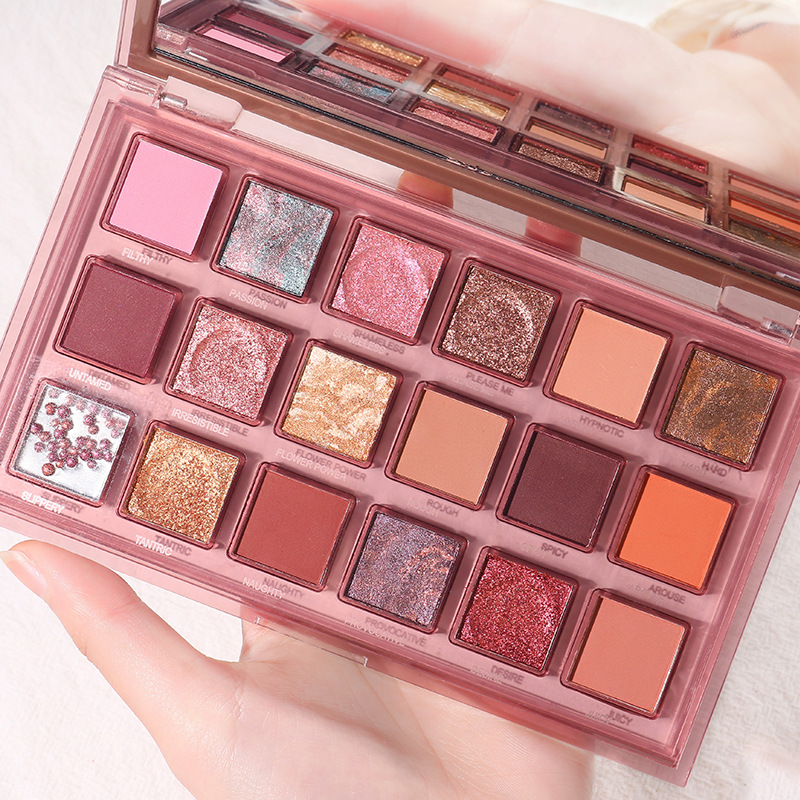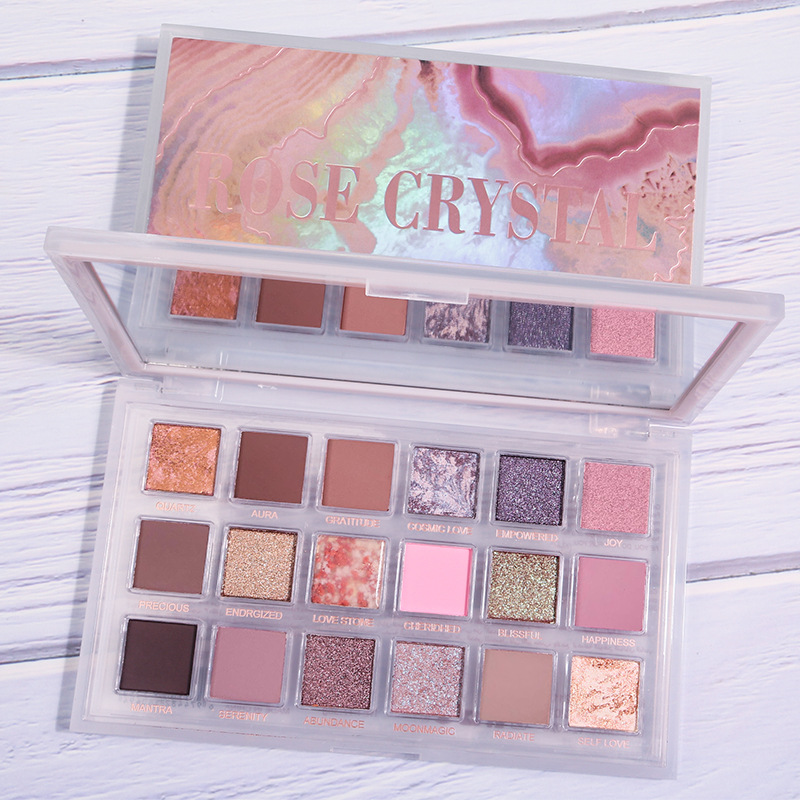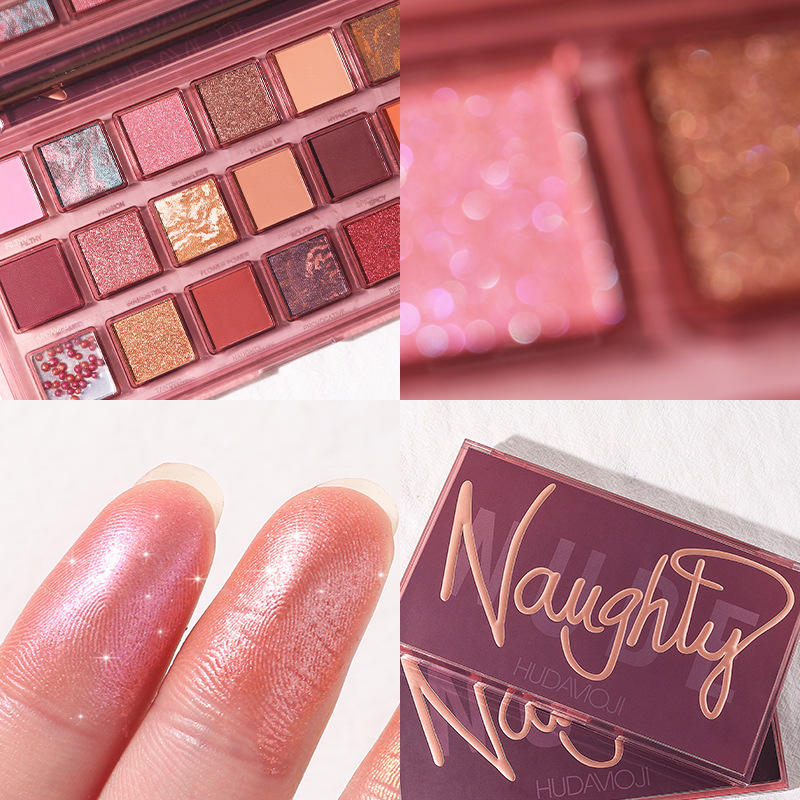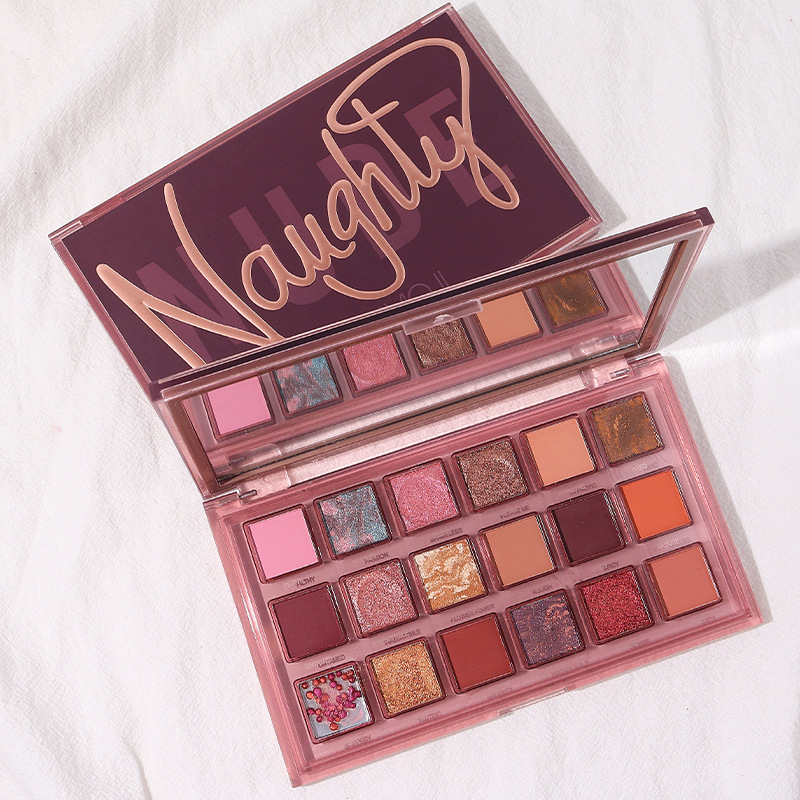Introduction
Does eyeshadow expire? Eyeshadow is a staple in many people’s makeup routines. Whether it’s a subtle daytime look or a bold evening appearance, eyeshadow enhances our features and allows for personal expression. However, if you’ve ever wondered about the shelf life of your favorite eyeshadow palettes, this article will answer that question. We will explore whether eyeshadow does expire, how to tell if it has gone bad, and tips for proper storage that can extend its lifespan.

Understanding Cosmetics Expiration Dates
The Basics of Expiration in Cosmetics
Like food, cosmetics can also expire. An expiration date is typically marked on the packaging, but many consumers may overlook this crucial information. When a makeup product goes past its expiration date, it may not only lose effectiveness but can also become a breeding ground for bacteria. With every use, makeup products are exposed to bacterial growth, especially around sensitive areas like the eyes.
Importance of Using Safe Products
Using expired products can lead to irritations, allergic reactions, or even infections. This includes eyeshadows, which are applied close to the eye area. Recognizing the shelf life of your cosmetics contributes significantly to both beauty and health. For eyeshadow specifically, understanding when to toss it is vital for maintaining good hygiene and ensuring the safety of your makeup application.
How Long Does Eyeshadow Typically Last?
The shelf life of eyeshadow is influenced by its formulation and packaging. On average, powdered eyeshadows can last between 2 to 3 years after opening, whereas cream shadows often have a shorter lifespan of about 1 to 2 years. However, the general rule of thumb is that if the eyeshadow appears to change in texture, smell, or color, it may be time to let it go.
Factors Affecting Eyeshadow Shelf Life
Several factors can affect the longevity of eyeshadow products, including:
- Ingredients: Organic and natural products may have shorter shelf lives due to lack of preservatives.
- Packaging: Products in jars may be more prone to bacterial contamination due to repeated exposure to fingers. In contrast, those with applicator wands or squeeze tubes tend to have a longer life.
- Storage conditions: Humidity, temperature, and exposure to light can also impact the product’s longevity. Keeping your makeup in a cool, dark place can help maintain its quality.
Identifying Expired Eyeshadow
Does eyeshadow expire? Knowing whether your eyeshadow has expired is key to ensuring safety and effectiveness.
Signs of Expiration
Here are the key indicators that an eyeshadow might be past its prime:
- Change in Texture: If the eyeshadow has become clumpy, crumbly, or dried out, it’s likely expired. Cream shadows that separate or harden can also be a sign of expiration.
- Altered Smell: A change in scent is another significant indicator. If the product begins to emit an unpleasant or rancid odor, this is a clear sign it’s time to toss it.
- Discoloration: If the color has faded or changed significantly, it may no longer have its intended effect or may be unsafe to use.
- Bacterial Growth: If you notice mold or fuzz on the product, it’s essential to throw it out immediately. Any sign of visible growth indicates contamination.
How to Store Eyeshadow for Longevity
Proper Storage Techniques
Taking care of your eyeshadow can substantially impact its longevity. Here are some helpful storage techniques to consider:
Keep it Cool and Dry
Makeup thrives best in cool, dry conditions. Avoid storing eyeshadow in places where temperatures fluctuate, such as bathrooms. Instead, opt for a dark, cool location, such as a drawer or a makeup case that’s kept out of direct sunlight.
Use Airtight Containers
If you have loose eyeshadow or single pans, consider transferring them into airtight containers. This helps to protect against dust, moisture, and contaminants that could shorten their lifespan.
Avoid Humidity and Heat
Both humidity and heat can degrade the quality of cosmetic products. Steer clear of placing your makeup where heat sources like radiators, stoves, or direct sunlight can reach. Excess moisture can create an environment that promotes bacterial growth, making it crucial to keep your makeup collection stored securely.
Use a Makeup Organizer
Using a dedicated makeup organizer can help keep your products sorted and safe from contamination. Choose one with compartments to prevent products from getting banged together, which can damage the formulas.
Knowing When to Toss Your Eyeshadow
General Guidelines for Shelf Life
As a general rule, it’s advisable to replace your eyeshadow periodically. For powdered eyeshadows, aim to replace them every 2 to 3 years. Cream shadows should be discarded after 1 to 2 years of usage.
Experimenting with Different Formulas
While it’s tempting to hold on to a favorite palette, especially if you have fond memories associated with it, consider replacing it for your safety. When in doubt, assess the quality and your skin’s response. If there are any signs of irritation during application, stop using it immediately.
Importance of Regular Audit
Conducting regular audits of your makeup collection can ensure you’re always using safe and effective products. Set a reminder every few months to check your eyeshadow and other cosmetics. Establish a schedule that allows you to replace expired items.
Safety Practices in Makeup Application
Always Apply with Clean Tools
Safety doesn’t end with expiration dates. Even if your eyeshadow is new, the tools you use can introduce bacteria. Always use clean brushes and applicators to apply makeup. Dirty tools can lead to infections around the sensitive eye area.
Regular Cleaning of Brushes
Make it a habit to clean your makeup brushes regularly. Use mild soap or specialized brush cleaners and allow them to dry completely before using them again. This practice not only keeps your products safe but also improves application techniques.
Consider Your Skin Type
Understanding your skin type can also affect how products perform and how long they last. For those with oily or sensitive skin, it may be crucial to keep a closer eye on expiration dates, as oils can break down products more quickly.
Patch Testing New Products
If introducing a new eyeshadow or formulation, consider doing a patch test first. Apply a small amount on your skin to check for any allergic reactions. Irritations may indicate that the product isn’t suitable for your skin type.

The Role of Ingredients in Eyeshadow Longevity
Common Ingredients in Eyeshadow
Various ingredients are commonly used in eyeshadows. Understanding these ingredients can offer insights into how long they might last:
- ** pigments**: These provide color and can be natural or synthetic. Natural pigments may have shorter shelf lives.
- Fillers: Ingredients like talc help provide texture and bulking but can absorb moisture.
- Binders: These help the ingredients stick together. Certain binders can age poorly, affecting the product’s texture over time.
- Preservatives: Many formulations include preservatives to prevent bacterial growth; however, not all preservatives are equally effective long-term.
Natural vs. Synthetic Eyeshadows
Natural eyeshadows may lack the chemical preservatives found in synthetic products, leading to shorter shelf lives. While natural products can be gentler on the skin, they may not last as long. Understanding this difference can help you make informed choices based on your cosmetic preferences.
Environmental Impact of Disposing of Makeup
Considerations for Disposal
When it’s time to throw away old eyeshadows, consider proper disposal. Many makeup products come in packaging that isn’t recyclable. This can contribute to environmental waste, so understanding disposal options is important.
Alternatives to Throwing Away
Instead of discarding expired products, consider alternative approaches. Look for local programs that accept used cosmetics for recycling or proper disposal. Some beauty brands also offer take-back programs for their products.
Conscious Consumerism
Being a conscious consumer involves making decisions that prioritize both health and environmental well-being. Invest in quality products that will last longer and choose brands that focus on sustainable practices. Ensuring that products are sourced ethically can positively impact the industry.

Conclusion: Keeping Your Eyeshadow Safe and Effective
In summary, eyeshadow does expire, and it’s crucial to be mindful of its shelf life for both safety and performance. Regularly assessing your eyeshadow products, practicing good hygiene, and storing them properly are key to extending their longevity.
Awareness of Expiry Signs
Stay alert for signs of expiration, such as changes in texture, scent, or color. This awareness will promote safety and enhance your overall makeup experience.
Prioritize Your Health and Safety
Ultimately, choosing to spring-clean your makeup drawer and stay informed about the products you use will ensure a healthier makeup routine. With proper care, your eyeshadow can remain a reliable tool in your beauty arsenal. Being proactive about expiration dates not only helps you look your best but ensures that your health is protected, allowing you to express your creativity without compromise. Embrace these practices, and enjoy beautiful and safe makeup application for years to come!
